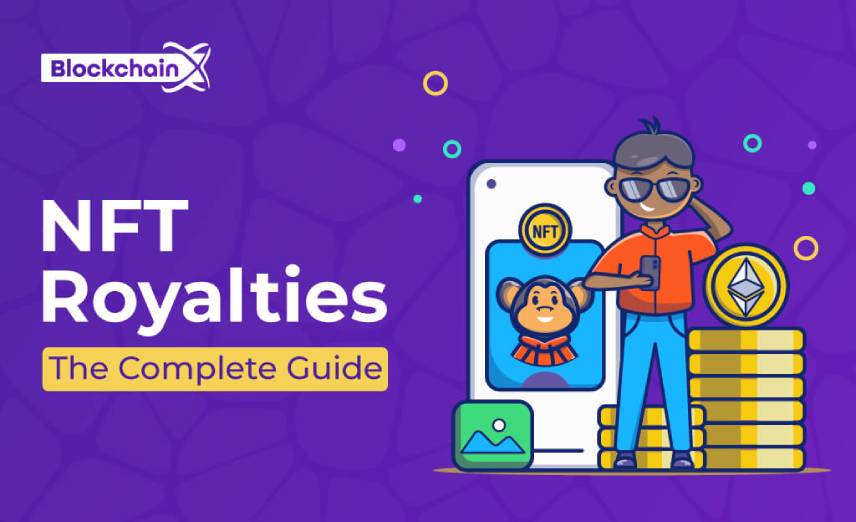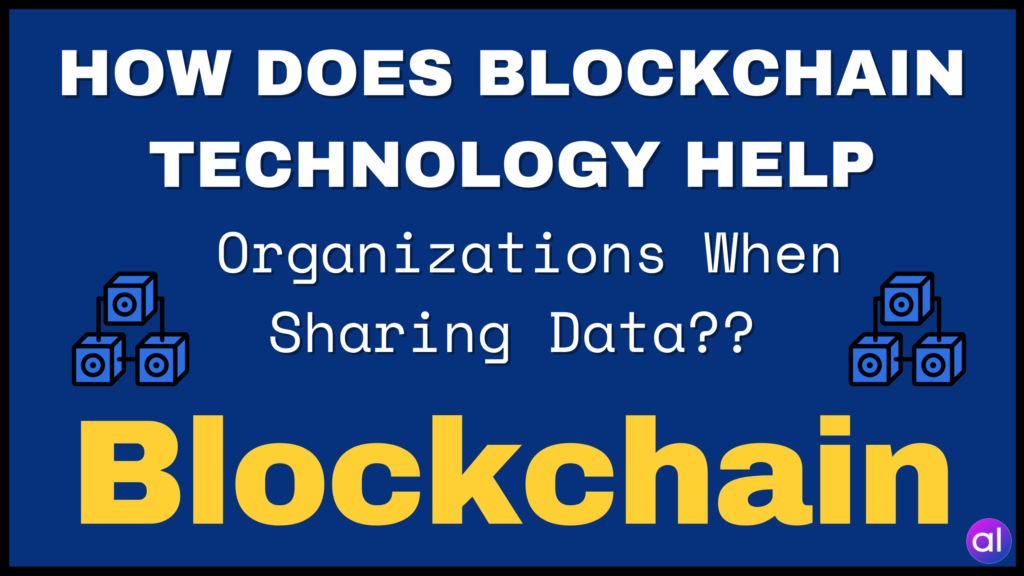
When NFTs first emerged, one of the most exciting conversations was about how they would support artists. With the increased exposure of NFTs, artists and content creators are finding that these tokens can be extremely beneficial to them even after they have sold their NFTs. This aspect is particularly intriguing; they are known as NFT Royalties.
If you’re new to NFTs, you might be wondering how NFT Royalties work. Continue reading to find out more about how NFT Royalties will affect artists and Royalties on NFT.
What Are NFT Royalties?
NFT Royalties give artists a percentage of the sale price when an artwork is resold. The royalties will always be paid back to the original creator, regardless of how many secondary sales occur, and the best part is that the entire process is automated. Artists can take home a cut of the profits for the artwork in perpetuity due to the power of the blockchain and smart contracts (as well as the unique identifier properties of NFTs), which is clearly how royalties should function.
How do NFT Royalties work?
NFTs are purchased and sold multiple times. While some have utility, others are generally flipped by traders to make a quick buck. Many buyers consider NFTs to be a medium for making large profits in a short period of time.
They try to get into projects by joining whitelists or buying at launch. Then they sell these projects to others almost instantly for a fantastic profit. This is possible depending on the project’s hype or popularity. Royalties can be viewed as a form of passive income for creators. When someone who purchased an NFT at launch sells it for the first time. The sales made then and thereafter are referred to as the “secondary market.”
The creator receives royalties as soon as sales occur in the secondary market. However, the question arises: what if an NFT is purchased on one marketplace but sold on another? So, how do royalties work?
This is a difficulty that many marketplaces in the industry are currently facing. Many of these marketplaces are attempting to induce interoperability between marketplaces and NFTs in order to enable this in the future. However, this feature is already available on a couple of marketplaces. You can read about some methods for deciding on and purchasing NFTs.
Are NFT Royalties Really Beneficial?
NFT Royalties explain the simplest solution to problems in conventional royalty systems. However, it is also vital to determine how NFT Royalties benefit the target audience, i.e., artists and content creators. Various projects and artists could earn millions in royalties from secondary sales in the early stages of the NFT revolution. The secondary market, on the other hand, is no longer the same as bearish market conditions prevail. At the same time, many platforms are following the trend of excluding royalties, which is causing revenue to fall.
Due to the current conditions in the secondary NFT market, many NFT projects have been canceled. Some projects, however, such as DeGods, have completely removed the option of royalties. In such cases, the effectiveness of NFT royalties would be heavily influenced by the project’s scale.
Large projects, for example, with external revenue sources, may be able to afford royalty payments. In the case of individual artists, royalties can exceed earnings from the original mint. Despite the challenges of enforcing NFT royalties, they are quite effective for artists. It is also worth noting how optional royalties could lead to a significant increase in total trading volume while royalty fees are reduced to near zero.
How are NFT Royalties Calculated?
NFT Royalties are calculated as a percentage of the sales price, as specified by the artist/creator, despite the fact that NFT smart contract vary by marketplace and are not standardized. If there is a remainder after calculating the royalty fee, the royalty fee can be rounded up or down.
Who Gains from an NFT Royalty?
NFTs’ Royalties will benefit musicians, content creators, and artists of all types. The buyer gains as well because they can verify the authenticity of what they are purchasing. This allows them to proudly display their assets while also reselling them at a guaranteed price. It’s a win-win situation!
Jaques Green, an electronic musician, had his 2011 track earn around $27,000 in royalties. Mike Winkelmann, who made headlines when he sold his artwork for a large sum of money, has programmed his NFT to pay a 10% royalty on subsequent sales.
Artists such as Steve Aoki, Ozuna, and Kings of Leon are actively utilizing new technology to generate sales and subsequent royalties. As you can see, it can be a significant source of revenue for both the creator and the buyer.
Long-Term Benefits of Royalties
However, the discussion about royalties has centered on how they will be used to support creators. This is why a growing number of mainstream artists are beginning to embrace the world of NFTs. Here are a few reasons why royalty fees are so revolutionary:
Increasing artists’ control over their work
Artists will retain ownership of their original works. This means they will be able to create more NFTs or commercialize the work in other ways. This allows them to avoid being taken advantage of by shady record company deals.
Confirm that they are getting paid
Many artists are fed up with having their work stolen. NFTs make it simple to prove that an item is genuine. True fans will want to seek out the genuine article, ensuring that their favorite artists are fairly compensated for their efforts.
Profitable in the long term
Artists will value the durability that a good NFT can provide. It can be sold and resold hundreds of times, with each sale earning them a small percentage of the profits. This can add up to a substantial revenue stream over time.
An inducement to do better work
The structure of the NFT market provides artists with a clear incentive to produce their best work. As they gain popularity, so will the demand for their services. This raises the price of their NFTs, thereby increasing the royalties they will be entitled to.
No more art galleries
It’s not perfect, but art galleries act as middlemen and can charge hefty commission fees of up to 90% when selling physical art. Now that digital art is popular, art galleries are less important, and the artist’s income grows over time.
The Recent economic impact on NFT Royalties
The bearish market environment has resulted in low demand for NFTs. It has also influenced some NFT marketplace to make royalties optional or to eliminate them entirely. This decision also had an impact on the host blockchains of these NFTs. For example, Magic Eden supports both Ethereum and Solana-based NFTs. However, the platform intends to levy royalties on both blockchains’ NFTs. However, Magic Eden does not intend to eliminate royalties on Cardano-based NFTs. Cardano’s NFT volume was higher than Solana’s in October as a result of this event. Some experts believe that the high demand for royalties played a role in the occurrence.
The End
NFTs have undeniably revolutionized the art world. They enable creators to monetize their work in ways never before possible. With the help of this technology, the typical stereotype of struggling artists is completely demolished. NFTs give creators control by ensuring a fair market, and it is a unique way to compensate creators. It assures that they will receive a small percentage of the sale price.



